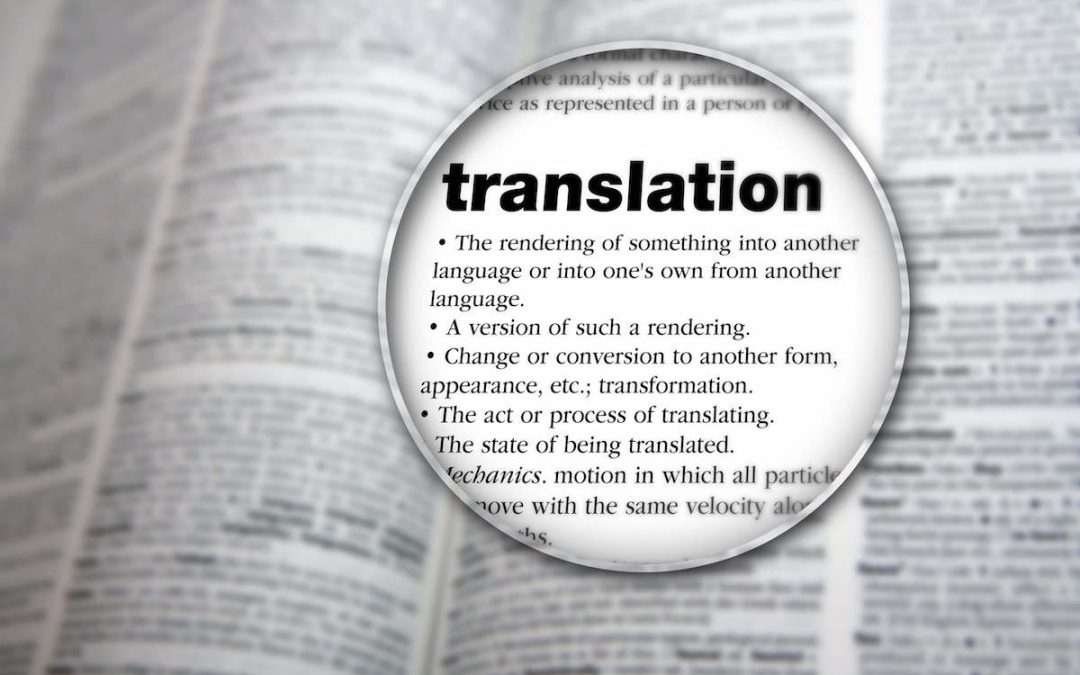Translation memory tools first appeared commercially in the in the early 1990s. It served as a unique method to increase translation productivity in the industry. Translation memory (TM) quickly gained in popularity and has become a widely accepted and deployed translation technology. Increasingly, advancements in technology are changing the way that translations are done and these tools are more useful than ever before.
Translation memory systems essentially consist of a database that stores manageable bite-sized segments. These segments consist of sentences, paragraphs, or phrases that have previously been translated which are then used to aid linguists. These source segments, combined with the corresponding translated segment, are called translation memory units. When a new document is ready for translation, the TM system analyzes the document’s source segments against your TM’s translation memory units. This process enables linguists to translate documents more efficiently and consistently across each project, by using pre-approved translation segments for frequently translated terms or phrases.
Translation Memory Investment
Translation memory is a vital part of your business’s assets. As your business grows, your TM memory should grow with you. Ideally, it should be continuously updated with your company’s multilingual terminology. Unfortunately, it often collects and stores unwanted data, sometimes in multiple places with little to no strategy to maintain your investment. Often companies are not in touch with who even owns their translation memory, where it is stored, or if multiple versions exist amongst various vendors. This leads to the potential of inaccurate or inconsistent translations being performed, in turn possibly resulting in costly reworks.
Similarly, to other databases, neglecting to maintain translation memory effectively can lead to a variety of problems in the future. This can be avoided by regularly cleaning out the buildup of inaccurate and irrelevant terms, as well as punctuation, style and other elements that could be improved. Investing time and money into upkeeping your TM can help you save in translation costs later down the road.
Maintaining Your Investment
It is recommended to examine your TM after each major project. This helps to avoid having a linguist start a new project with outdated terminologies or inaccurate translations. There are many scenarios that can lead to these inaccuracies. For example, terminology may be contradicted across different divisions of an organization. When a project is handled by multiple linguists or language service providers without a TM merge, multiple inconsistent matches can be created. Additionally, accurate translations may become inaccurate over time due to terminology changes or context.
Steps to Consider When Cleaning Your TM
Prioritize – Gather and examine your existing translation memories. Pinpoint those which are crucial to the core of your business such as TMs associated with your key products/services and with high customer visibility. Those which contain majorly external audience facing contents, as well as TMs in which the target languages have the largest translation volume should also take priority.
Managing Terminologies – Focus your second cleansing step on validating your terminologies and updating your glossaries. This helps to ensure that each term has one unique, accurate, and most up-to-date translation in its target language. Periodically, terms may have varying translations given different context. These should be noted and accompanied by usage examples to give linguists guidance on choosing the best translation variant for their projects. Export the master glossary and distribute it to your translation vendor(s) for future projects.
Cleaning Translation Memories – Now that the prep work has been completed, it is time to have qualified linguists examine glossaries and TMs in detail for issues such as duplicate target entries and entries associated with the blocked. Quality checks should be performed to Identify missing translations and all remaining translations should be checked for, punctuations, tags, etc.
Apply a Maintenance Strategy – If possible, develop translation style guides and stick to them and create a process for terminology maintenance from term selection, editing, validation, to final approval. Require vendors to run terminology QA checks against your glossary. Finally, make your TM maintenance an ongoing project.
